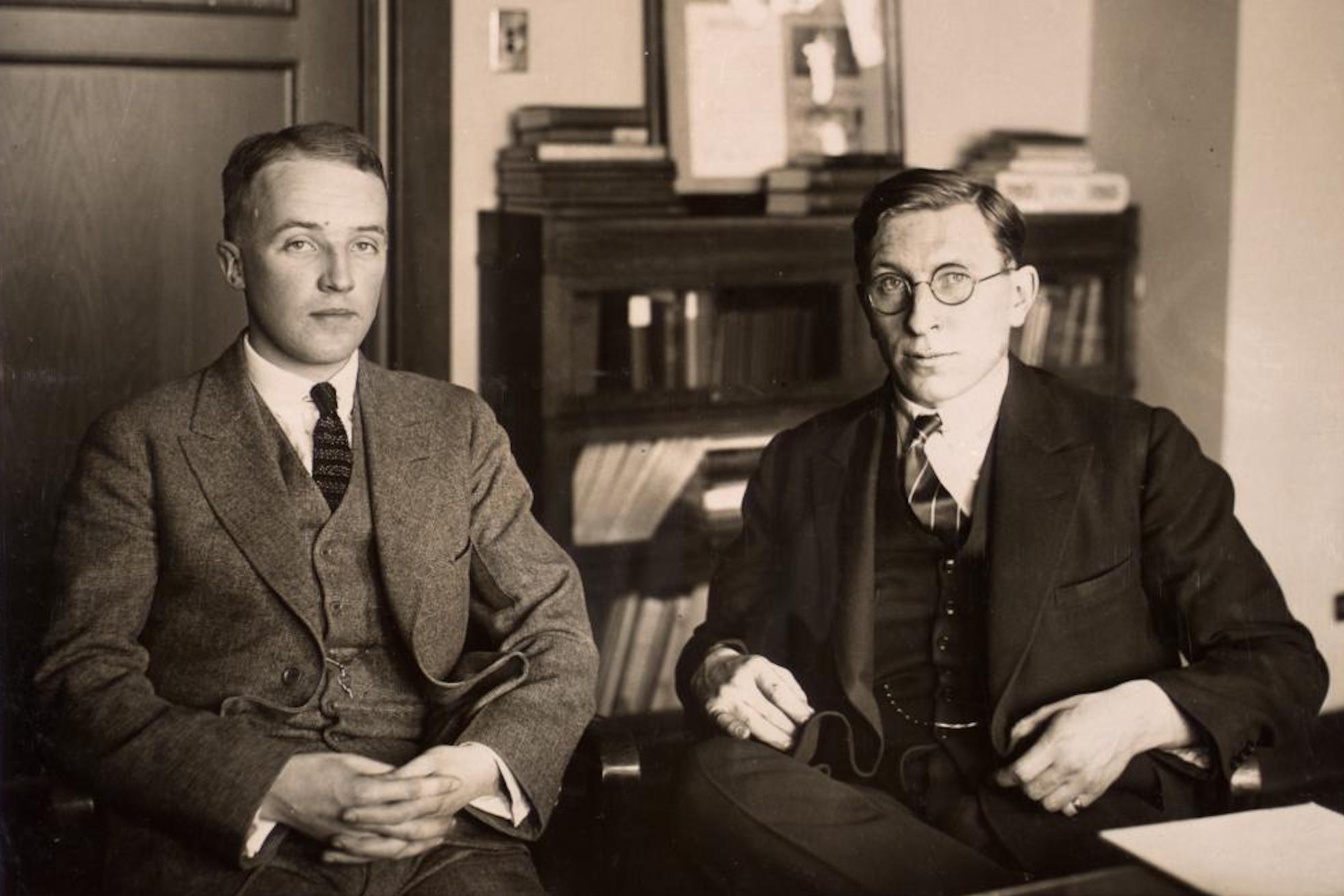Background

Type I diabetes is a condition where the body experiences high blood sugar levels due to little to no insulin production. Insulin is a hormone produced by the pancreas; without insulin, the body has difficulty controlling the level of sugar (glucose) in the body. Untreated diabetes can lead to short term problems including weakness, sleepiness, and dehydration; in the long run it can injure organs and blood vessels throughout the body and even result in death.
Since the late 1800s, scientists have known that the pancreas is needed for blood sugar regulation and diabetes was caused by lack of pancreas function. In 1910, researcher Sir Edward Albert Sharpey-Schafer narrowed the search down to one chemical that was missing from the pancreas. He called it “insulin”, originating from the Latin word for “island’, insula. Despite knowing about the existence of insulin, researchers struggled to isolate the chemical because there were enzymes in the pancreas breaking the insulin down.
The breakthrough of insulin extraction was the work of Dr. Frederick Banting, a Canadian surgeon and Charles Best, a medical student. They were supervised by John Macleod, a professor at the University of Toronto, who provided the laboratory space. In 1921, Banting and Best began work on isolating insulin from dog pancreas tissue, where they stabilized the insulin to keep it from being broken down by pancreatic enzymes. To test the efficacy of their extracts, they would inject them into diabetic dogs. By January 1922, they had improved their methods and began testing their insulin extracts in humans.
This exhibit will put you in the shoes of Banting and Best, as you experience being a scientist working to extract insulin from pancreatic tissue and to test its efficacy on a diabetic dog.